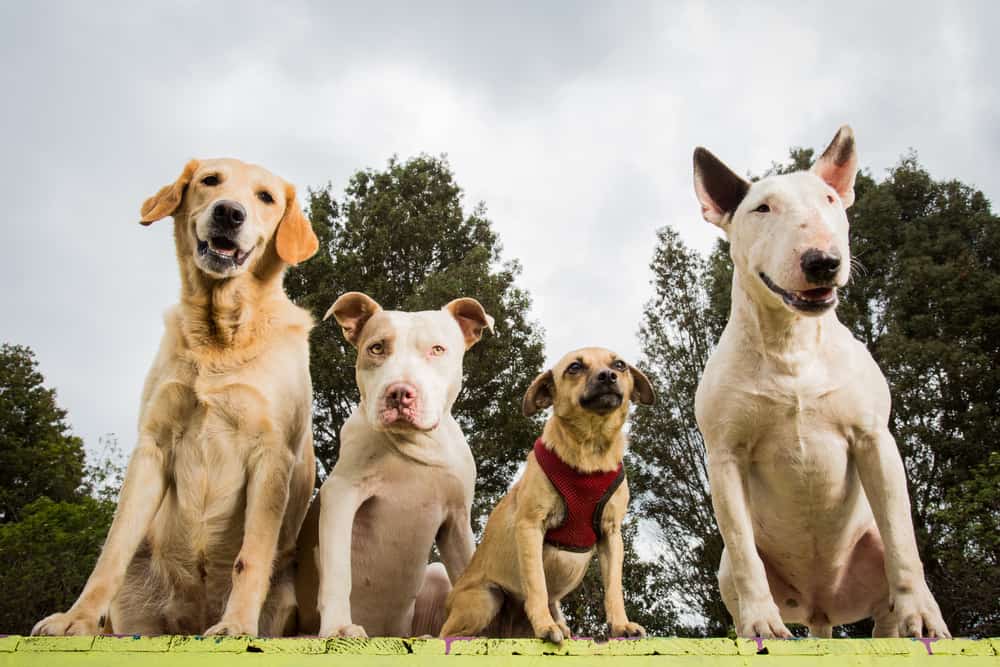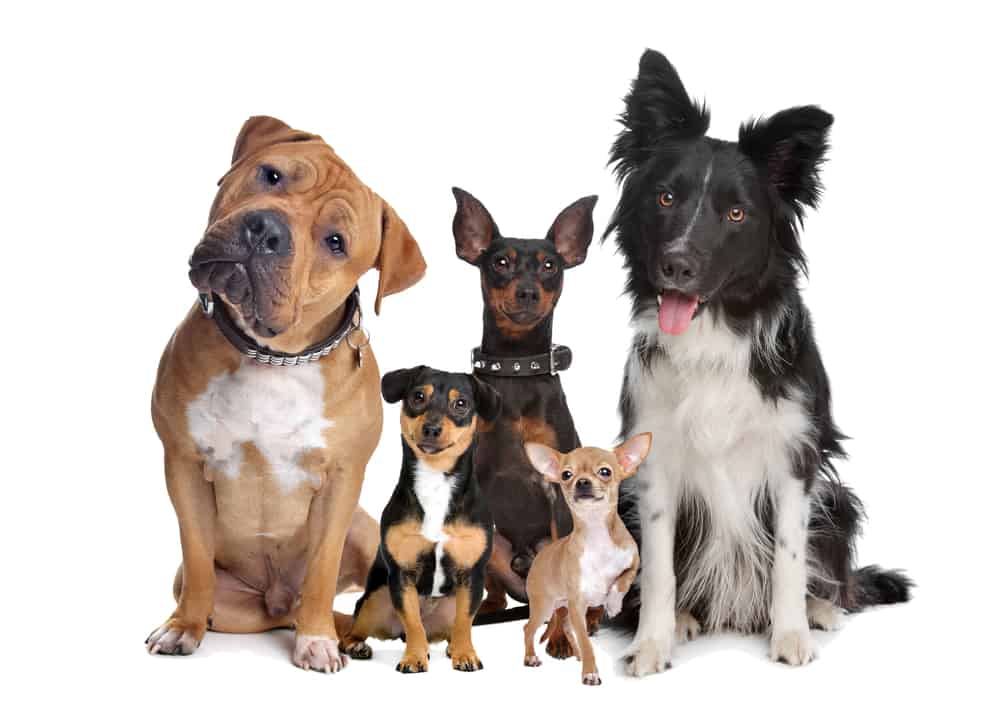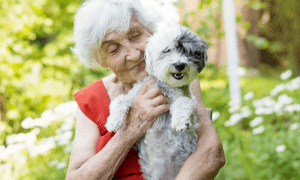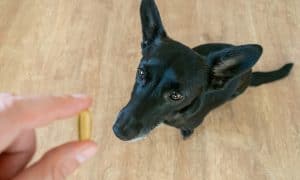“This post contains affiliate links, and I will be compensated if you make a purchase after clicking on my links.”
When people are looking to adopt or rescue a dog, unfortunately there are stereotypes around certain breeds having a reputation for being naturally aggressive. When we think of dogs that are prone to get into fights and injuring other dogs, we often think of Rottweilers, American Bull Terriers, or Cane Corsos before we think of Dachshunds or Golden Retrievers.
But is there any truth to these stereotypes, or have we all just been brainwashed to believe that some dogs are somehow inherently more aggressive than others?

Mixed results
The results of studies detailing which dog breeds are the most aggressive will probably shock you, however, the number of studies that have been conducted around this topic mean the results are actually pretty mixed.
University of Pennsylvania study
In one 2008 study by the University of Pennsylvania, researchers looked at how 30 different breeds behaved in various situations of fear, stress, and anxiety. That study found that it was, in fact, Chihuahuas and Dachshunds who were the most aggressive toward both humans and other dogs. However, given their slight frames, they were also less likely to actually cause severe injuries, no matter how aggressive they were.
In the same study, Pit Bull Terriers were found to be the most aggressive towards other dogs, but they weren’t higher up than other breeds on the scale when it came to being aggressive towards their owners or strangers.
University of Bristol study
In a recent study out of the University of Bristol’s School of Veterinary Sciences, United Kingdom dog owners were surveyed to find out potential risk factors for dogs showing aggression toward humans in three different contexts: when with family members, and around strangers both inside and outside of the house.
The researchers of the ‘Human directed aggression in domestic dogs (Canis familiaris): Occurrence in different contexts and risk factors’ study, published in December in the journal Applied Animal Behaviour Science, surveyed over 14,000 dog owners in the UK, collecting just under 4,000 responses.
About three percent of the dog owners that participated in the survey reported aggression, which was defined as “barking, lunging, growling or biting” toward family members. About seven percent reported aggression toward strangers in the house, and five percent reported aggression toward strangers out of the house.
Older dog owners participating in the survey (as in, the humans were older, not the dogs) reported less aggression toward family members and toward strangers entering the house, while older dogs were more likely to be aggressive outside of the home. Spayed female dogs were less aggressive in all three categories.
Dogs that had been purchased from breeders were less aggressive than those bought or adopted from pet shops or rescue groups. Attending puppy class correlated with less aggression toward strangers both inside and outside the whole — but attending a training class for four or more weeks was related to more aggression toward a family member. Keep in mind that they could have been attending puppy class for so long because of previously shown family aggression.

Abandoning breed stereotypes
As you can see, the mixed results of these studies show that there are many factors that can contribute to a dog’s aggression level. It’s not only about their breed.
It’s important to understand that all dogs have the potential to bite. It makes no difference which breed the dog is or whether it’s a big dog or a small dog. Even dogs that are normally very friendly can be prone to biting people under certain circumstances.
Some other factors that can contribute to a dog being aggressive include:
- Illness or injury: If a dog suddenly starts to snap or growl when touched, it may mean that it is injured or feeling unwell. For example German Shepherds tend to be aggressive when hurt, but other than that they are docile and loving in nature.
- Fear: A fearful dog can develop aggressive behavior, for example, if they’ve been abused, traumatized, or attacked previously.
- Possessiveness: Also known as resource guarding, some dogs may become aggressive when threatened with their favorite toy or their food being taken away from them.
Preventing aggression
When it comes to preventing aggression (no matter what breed of dog you have), there are a number of different things you’ll need to do to ensure you’re raising a well-adjusted and well-behaved dog. Most importantly, your dog’s behavior needs to be predictable in a variety of situations, making it easier for you to control them and understand how they may react to certain stimuli.
- Socialization: Making sure your puppy had adequate exposure to other dogs, people, sounds, sights and smells within their critical socialization (ideally before they’re 16 weeks old).
- Use positive reinforcement training: Instead of punishing your dog when they do the wrong thing, reward them for doing the right thing. Give your dog treats when they behave calmly around other dogs, or whatever it is that usually makes them behave aggressively.
- Get professional help: If you’re struggling with your dog’s aggression (and it can be scary!), don’t be ashamed to reach out to a professional dog trainer for assistance. They’ll be able to assess your dog’s behavior and create a plan for helping you and your dog get your life back.
Helping owners and pets
If you’re passionate about dogs and want to help both animals and their owners live happy, healthy lives together, why not consider becoming a veterinary assistant? You’ll be able to spend your days doing something you love, working with dogs and their humans to create harmony and understand the deeper cause of an issue.
About the Author:
Emma is a professional writer and blogger, with two furry friends and a lot of pet behavioral and pet health knowledge to share. She has written for numerous big animal magazines and health sites, and is a regular contributor to The Catington Post.


















